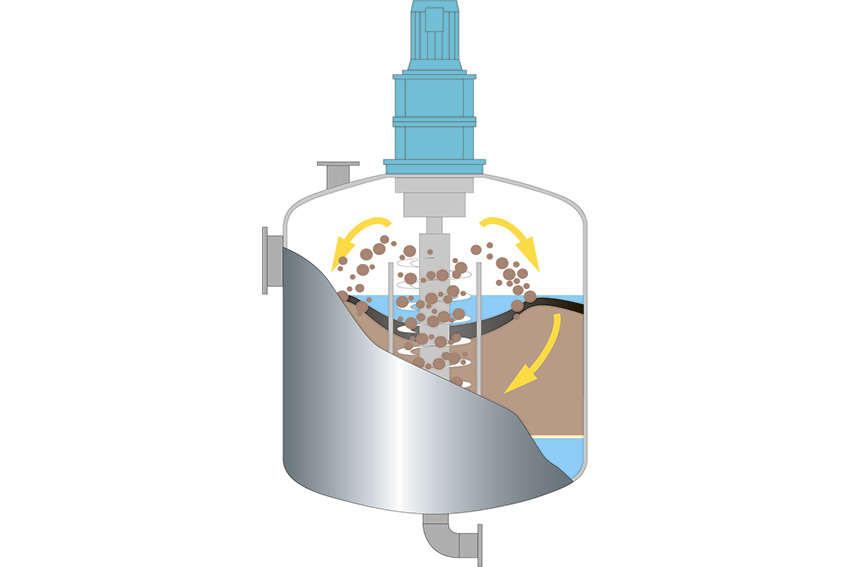Pioneering Products for the Future of Water Supply
Published on by Water Network Research, Official research team of The Water Network in Technology
A company with an expanding international reach, the Japanese firm NIHON[1] GENRYO supplies cutting-edge filtration technology that stands to play a crucial role in global water treatment in the years ahead.
Company name is large characters.

A Japanese company that supplies leading-edge water filtration technology, NIHON GENRYO has established itself as a go-to specialist in the domestic market – and boasts a growing international presence.
Having entered the water treatment sector eight decades ago as a supplier of premium-quality filter media, particularly filter sand, NIHON GENRYO can today proudly say that four out of five water purification plants in Japan use its filter media. Over the years, though, the company has expanded its capabilities; indeed, its flagship products are now its state-of-the-art system for washing filter sand, and its series of water filtration tanks that incorporate this cleaning technology.
Founded in 1939, NIHON GENRYO began life as a firm that manufactured glass raw materials from sand. In the aftermath of World War II, however, it shifted focus amid reconstruction efforts in Japan, applying its expertise in handling sand to provide filter media for new water treatment facilities.
While supplying filter media has certainly proved a successful venture, it has come with the challenge of tackling the finite availability of suitable sand. “To be used as filter sand, it must meet specific criteria in terms of composition and particle size,” reveals NIHON GENRYO President Yasuhiro Saito. “Such sand is in limited supply. We’re mindful of the importance of sustainability and the need to protect this valuable natural resource.”
Where, previously, filter sand in water treatment facilities would be discarded and replaced once it grew dirty and less effective, NIHON GENRYO has since the mid-1950s devised technology that cleans filter media for continued use. Most notably, at the turn of the millennium the company developed its ground-breaking SIPHON Washing System, which cleans sand so thoroughly that it restores it to its original state.
“This product has become an essential piece of technology in the water treatment industry,” Mr. Saito says. “It’s critical to maintaining the quality and lifespan of filtering media, resulting in more efficient water treatment processes.”
Building on the introduction of the SIPHON sand washer, NIHON GENRYO has now also created the SIPHON TANK, an all-in-one system that purifies water and comes with built-in filter cleaning, and the Mobile SIPHON TANK (MST), a version of the SIPHON TANK that can easily be moved from location to location.
“This mobility is crucial, especially during disasters,” Mr. Saito says. “We believe this mobile system will become the global standard in the future. The MST gives you the flexibility to install the water treatment equipment you need where you need it. This approach represents the future of water supply.”
The MST has been central to Nihon Genryo’s key role in water supply restoration following the earthquake in Japan’s Noto Peninsula in January, and has also been an integral element of the company’s participation in an infrastructure support initiative carried out by the Japanese government in Ukraine.
“Following the Russian invasion of Ukraine, ensuring a safe water supply became a critical challenge,” Mr. Saito explains. “Many water purification plants were severely damaged or malfunctioning. Ukrainian engineers have been invited to Japan for training, and four MSTs are arriving in Ukraine.”
Ukraine is one of several countries outside Japan that stand to benefit from Nihon Genryo’s cutting-edge technology. “We’re committed to offering infrastructure equipment to Ukraine and engaging in comprehensive support for their reconstruction efforts,” Mr. Saito says. “We’re also actively pursuing business expansion in Central and South America, and have ongoing projects in the APEC Area as part of our global endeavors.”
Taxonomy
- Sand Filter
- Purification
- Water Purification